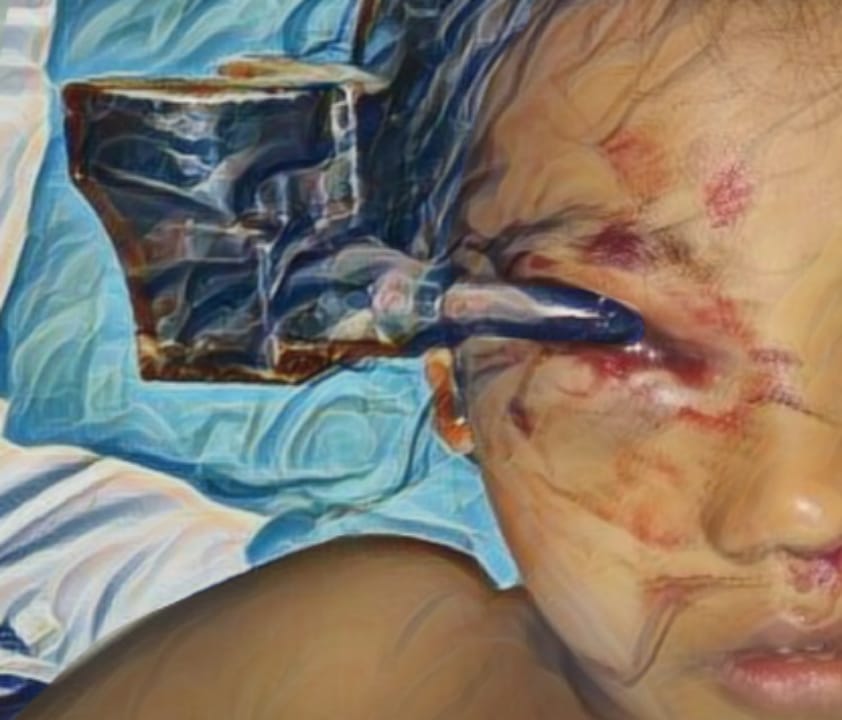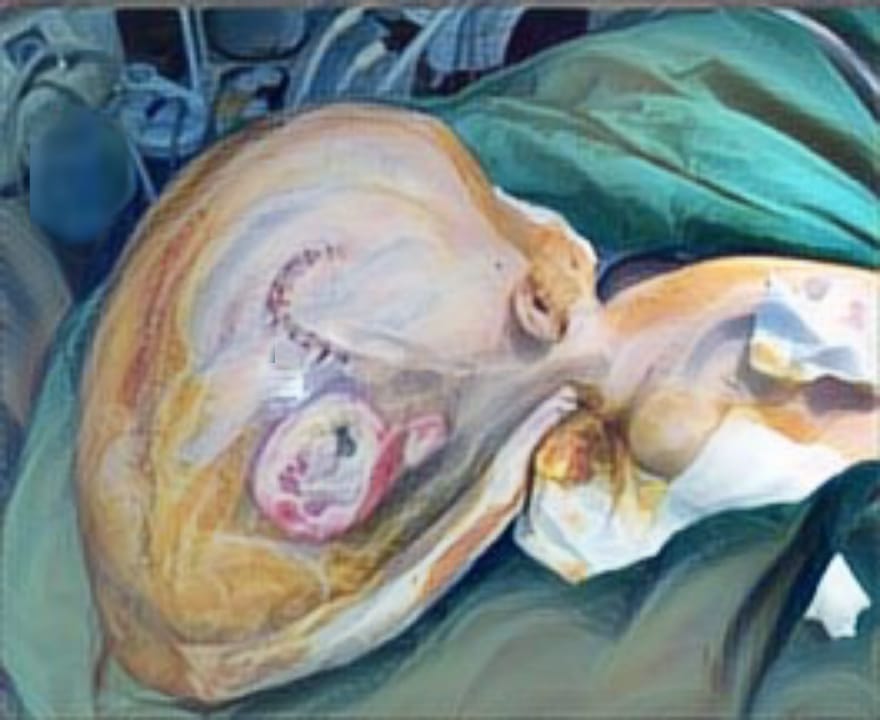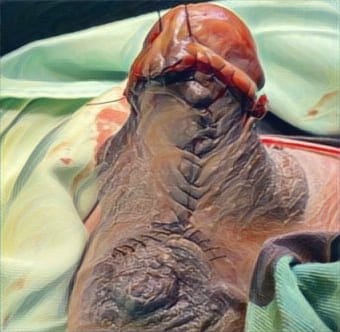DEVIATION AND ATROPHY OF MIDDLE PHALANX OF HAND FOLLOWING PARTIAL SEPARATION IN SYNDACTYLY PATIENT: THEIR FAULT OR OURS?
Downloads
Highlights:
- Complex syndactyly reconstruction presents surgical challenges, often resulting in rotational, angular, and nail deformities post-surgery.
- The early correction of congenital syndactyly, combined with dorsal rectangular flap usage and full-thickness skin grafts, leads to satisfactory outcomes and reduces the need for multiple surgeries per web
Abstract:
Introduction: Syndactyly is failure of differentiation in which the fingers fail to separate into individual appendages. It is the most common congenital hand anomaly, with an incidence of 1 in 2,000 to 2,500 live births. Surgical separation of fingers as early as 6 month-old is indicated when syndactyly involves digits of unequal length (i.e., ring and little fingers). Early separation is also required in complex syndactyly and cases of acrosyndactyly. The timing of surgery of all other cases of syndactyly remains somewhat controversial; most suggest surgical correction before age of 18 months, whereas others prefer to wait until after this age.
Case Illustration: A 13-year old boy, presented with fusion of all fingers of the right hand at birth. Prior to his current visit, he underwent partial separation of the right fingers at the age of 6 y.o. at a local hospital. Following partial separation, the fingers did not grow normally. Current X-ray showed atrophy and deviation of middle phalanx. We performed separation of syndactyly between index and middle finger, and between fourth and small finger in our hospital. Interdigital webbings are released using local flap and the remaining raw surface is covered using full-thickness skin grafts. On follow up, the patient showed good functional and aesthetic outcome. He is able to write with his right hand with better coordination.
Discussion: Complex syndactyly reconstruction is a challenging surgical problem. Common post surgical findings include rotational deformity, angular deformity, and nail deformity. We describe how we have altered our approach in these findings.
Conclusion: Congenital syndactyly should be corrected early in life. Careful dissection, the use of a dorsal rectangular flap in combination with 2 volar triangular flaps, and use of full thickness skin grafts ensure a satisfactory outcome and minimize the number of operations per web.
Jordan D, et al. The epidemiology, genetics and future management of syndactyly. Open Orthop J [Internet]. 2012;6:14–27. Available from:http://www.ncbi.nlm.nih.gov/pmc/articles/PMC3308320/
Upton J. Management of Disorders of Separation - Syndactyly. In: Mathes SJ, Hentz VR, editors. Plastic Surgery. 2nd Editio. Saunders; 2005. p. 139–84.
Havlik RJ. Common Congenital Hand Anomalies. In: Thorne CH, Chung KC, Gosain AK, Gurtner GC, Mehrara BJ, Rubin JP, et al., editors. Grabb and Smith's Plastic Surgery. 7th Editio. Philadelphia: Lippincott Williams & Wilkins; 2014. p. 890–9.
Vekris MD, et al. Beris AE. Congenital syndactyly: Outcome of surgical treatment in 131 webs. Tech Hand Up Extrem Surg. 2010;14(1):2–7.
Miura T, et al. Cleft Hand, Syndactyly, and Hypoplastic Thumb. J Hand Surg Am. 1992;17B(3):365–70.
Burke F, et al. Principles of Hand Surgery. New York: Churcill-Livingstone; 1990.
Copyright (c) 2018 Diana Murtiati Kusuma, Iswinarno Doso Saputro, Sitti Rizaliyana, Beta Subakti Nata’atmadja

This work is licensed under a Creative Commons Attribution-ShareAlike 4.0 International License.
JURNAL REKONSTRUKSI DAN ESTETIK by Unair is licensed under a Creative Commons Attribution-ShareAlike 4.0 International License.
- The journal allows the author to hold copyright of the article without restriction
- The journal allows the author(s) to retain publishing rights without restrictions.
- The legal formal aspect of journal publication accessbility refers to Creative Commons Attribution Share-Alike (CC BY-SA)




















